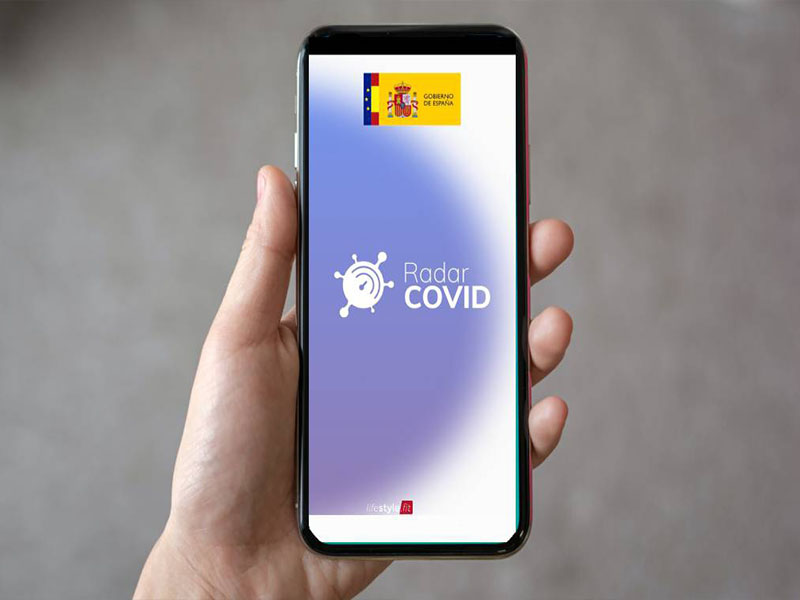The app to track people who have been in contact with a person who has tested positive for Covid-19 will be released under Mozilla Public License 2.0. The objective of this pro Open Source movement is to promote the improvement of the application through collaborative development. Anyone can access the source code and report and fix possible bugs or add new functionalities.
In this way, the Spanish Government also comes up against some speculation that pointed out that this app had hidden functions that have not been revealed or that it could put the privacy of users at risk.
Radar COVID has been developed by Indra and is based on ”contact tracing” technology from Apple and Google. Among other things, it uses Bluetooth to detect the proximity between people affected by Covid-19.
Source: El Español.







0 Comments